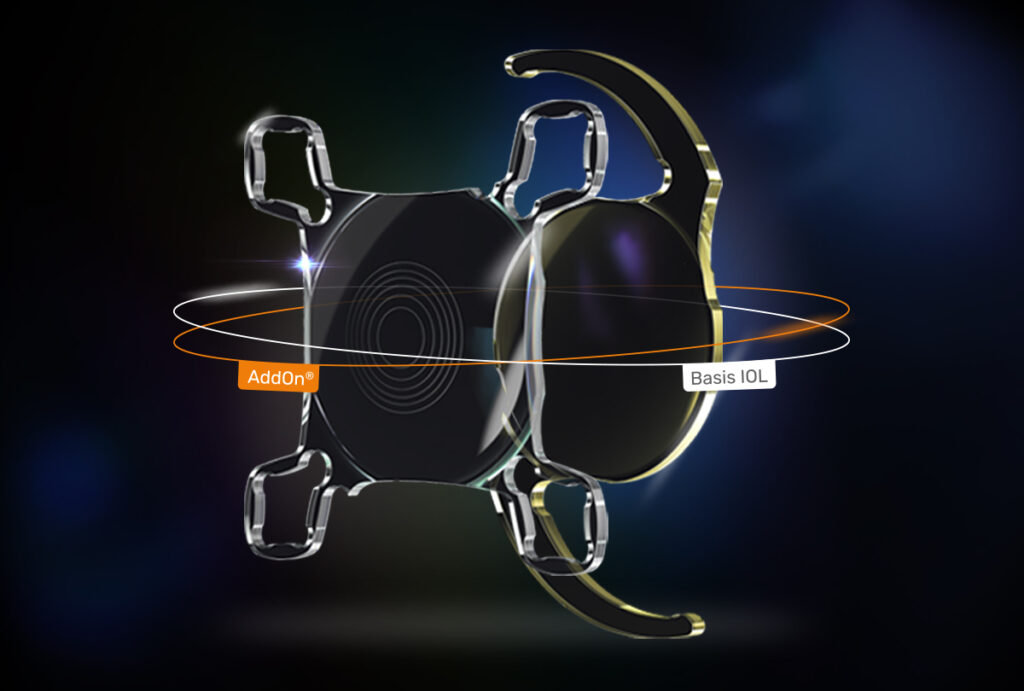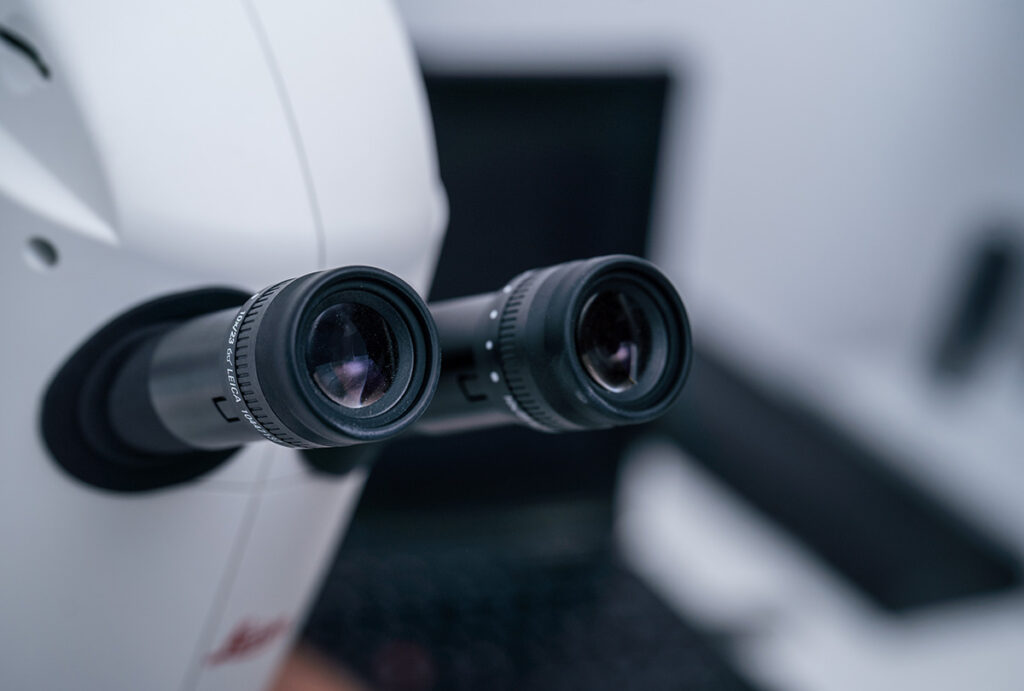What does the dominant eye reveal? Initial observations on ocular dominance using RALV®
Understanding Subjective IOL Perception Better – Initial Insights with RALV® from the Data Collection at DOC 2025
The question of the optimal distribution of near additions in the MIOL setting is as old as the multifocal lens itself. It becomes particularly interesting when considering the role of eye dominance — both motor and sensory.
As part of this year’s DOC Congress, we investigated this question through a data collection study.
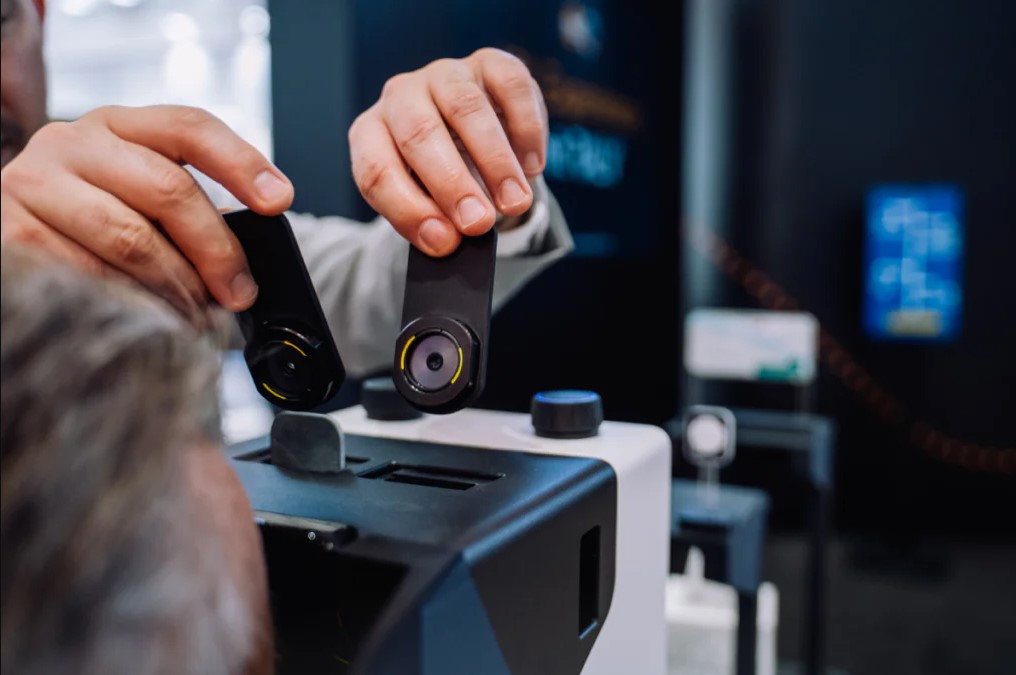
At this year’s DOC, we explored the question of visual dominance. Are motor and sensory dominance always located in the same eye, or can they switch sides? And does visual dominance affect the perception of halos? We were delighted that so many visitors enthusiastically participated in our live data collection. A heartfelt thank you for your engagement. Here are our first insights:
The Data Collection:
- 81 participants, aged between 23 and 67 years
- All types of refractive errors were present: hyperopia, myopia, presbyopia.
- Determination of the dominant eye (motor dominance, distance) → using a pinhole template (Fig. 1).
- Determination of the dominant eye (sensory dominance) → using +1.5 D fogging (Fig. 1).
- Visual dominance and halo perception → using RALV® (Fig. 2).
Motor Dominance vs. Sensory Dominance:
In 54% of participants, motor dominance (also known as distance dominance or distance-dominant eye) and sensory dominance were located in the same eye; thus, the dominance remained consistent. In 33% of cases, the dominant eye switched sides between motor and sensory dominance. In 13%, no clear motor or sensory dominance could be determined.
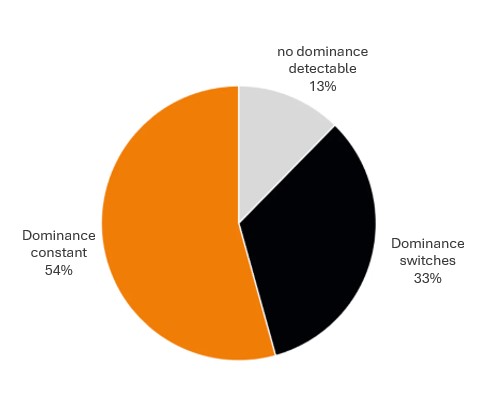
Halo Test with RALV:
Testing was conducted binocularly with RALV (Real Artificial Lens Vision). The participants viewed a test object with a halo LED through RALV. Alternately, one eye was fitted with a monofocal IOL, while the other eye was fitted with a multifocal IOL (MIOL). Under these conditions, the occurrence and severity of halos were subjectively assessed. Based on the results of motor dominance (distance dominance), the following picture emerged:
In 42% of participants, halo perception was reduced when the MIOL was assigned to the non-distance-dominant eye. In 51%, halo perception was reduced when the MIOL was assigned to the distance-dominant eye. 7% of participants could not determine a clear preference.
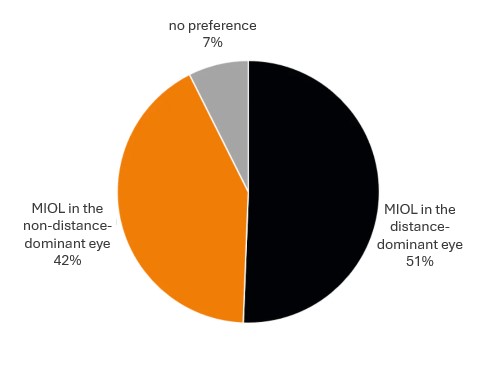
More than surprising, we think! These results with RALV raise, in our view, further questions about the optimal binocular distribution of near additions within the visual system, in order to achieve the subjectively best possible vision for MIOL patients. With RALV, patients can quickly, reliably, and most importantly subjectively determine their optimal addition distribution for both eyes themselves. This represents a tremendous gain in postoperative satisfaction for MIOL users.
This data collection does not claim the status or rigor of a clinical study. The questions raised need to be explored further, and the findings obtained with RALV must be scientifically validated. A clinical study using RALV on this topic is currently in preparation. We will be happy to keep you updated on our channels.
More information about the IOL Experience with RALV can be found here.

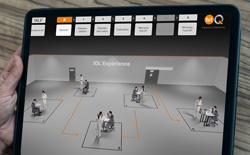 IOL-Experience
IOL-Experience Technologies
Technologies IOL calculators
IOL calculators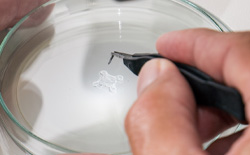 Service & handling
Service & handling Sustainability
Sustainability Congresses and events
Congresses and events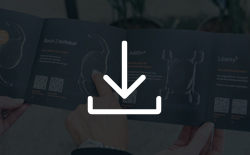 Download Center
Download Center